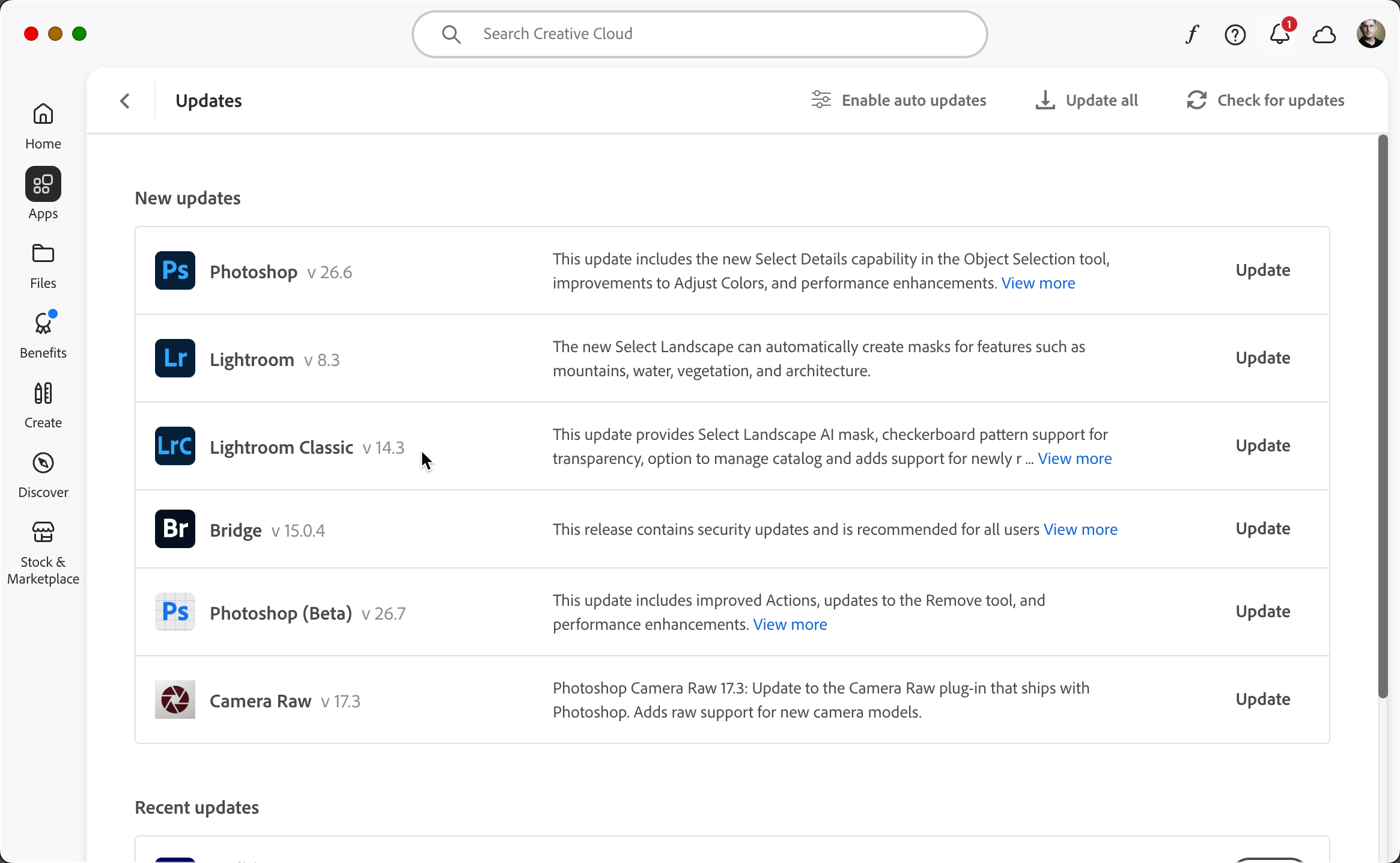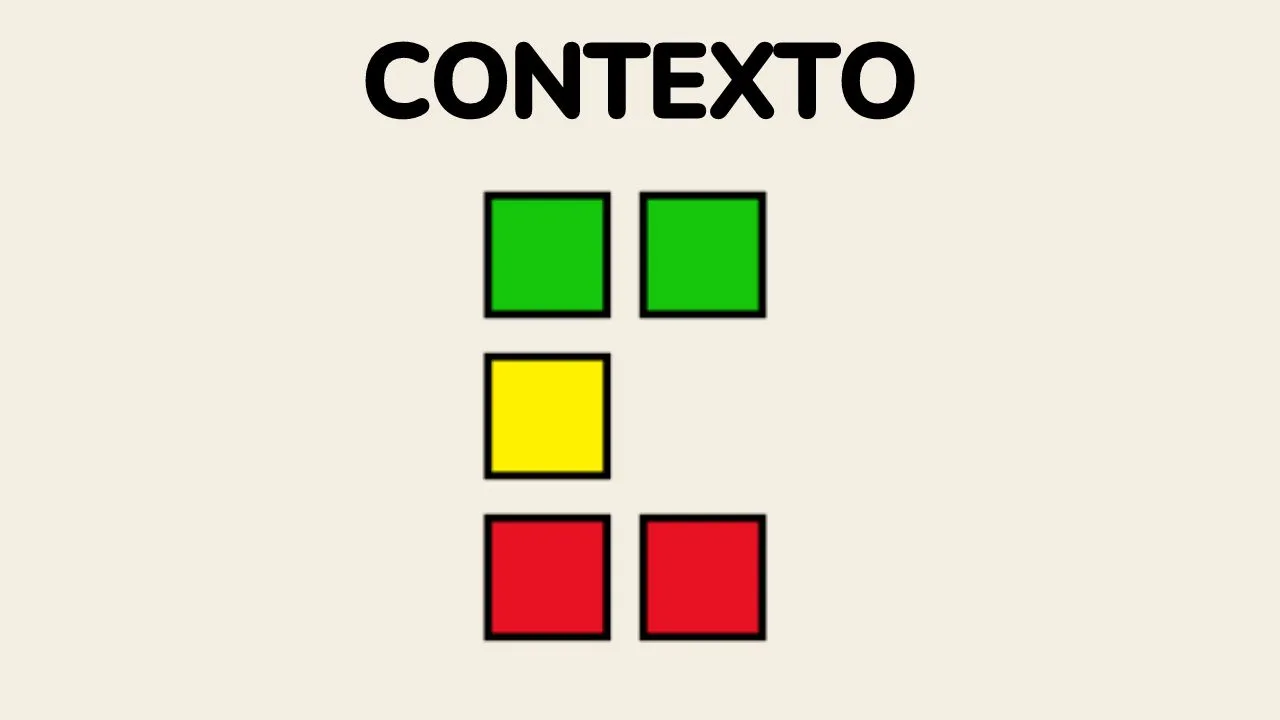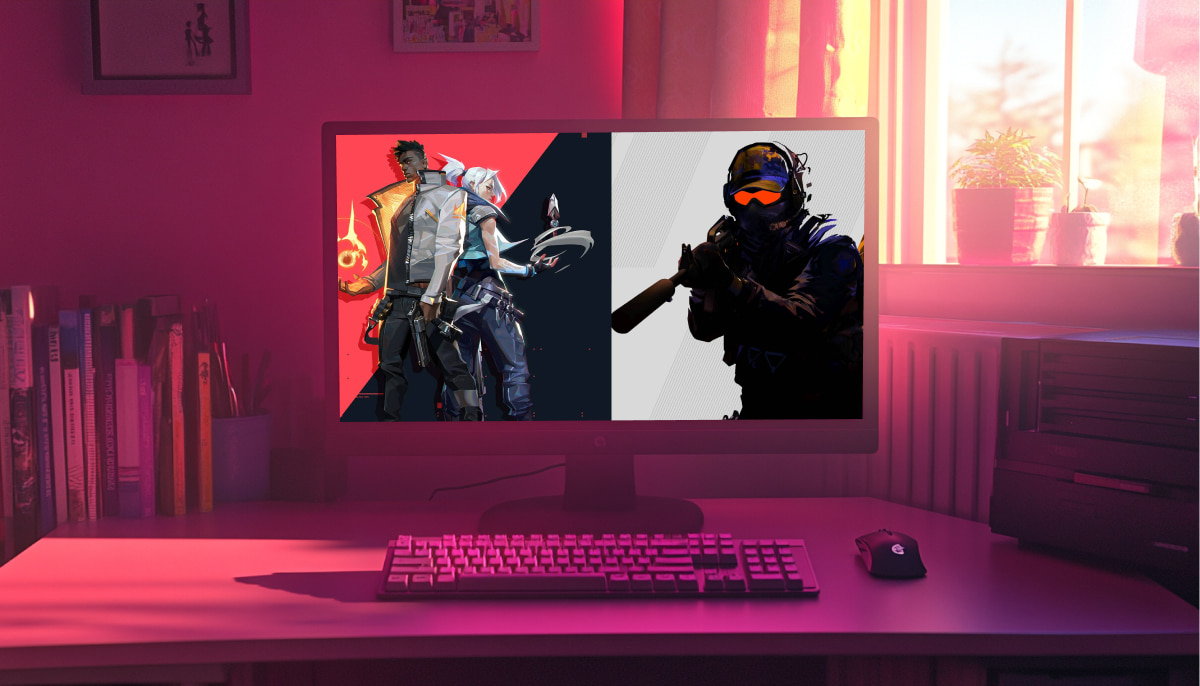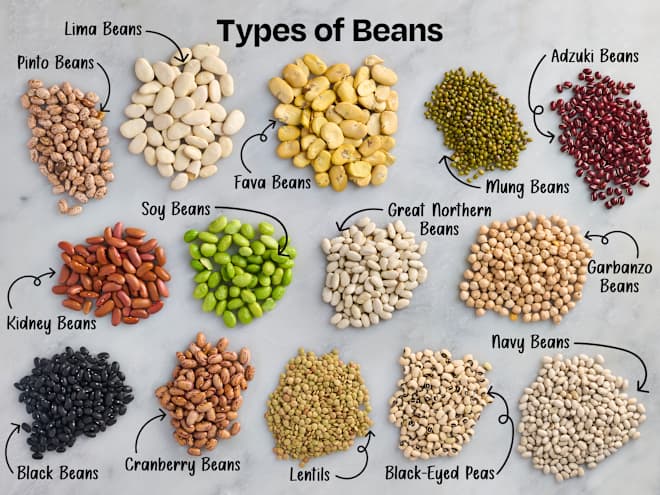Esports latency curse: How to stop lag from ruining matches
TL;DR Lag (or high latency) is a fact of life in esports and multiplayer gaming, with serious implications for gameplay. The lower the latency of your game server connection, the better the experience. Minimizing it can make the difference between winning and losing, enjoyment and frustration. Professional bodies have rules designed to address lag when … Continued The post Esports latency curse: How to stop lag from ruining matches appeared first on Esports Insider.
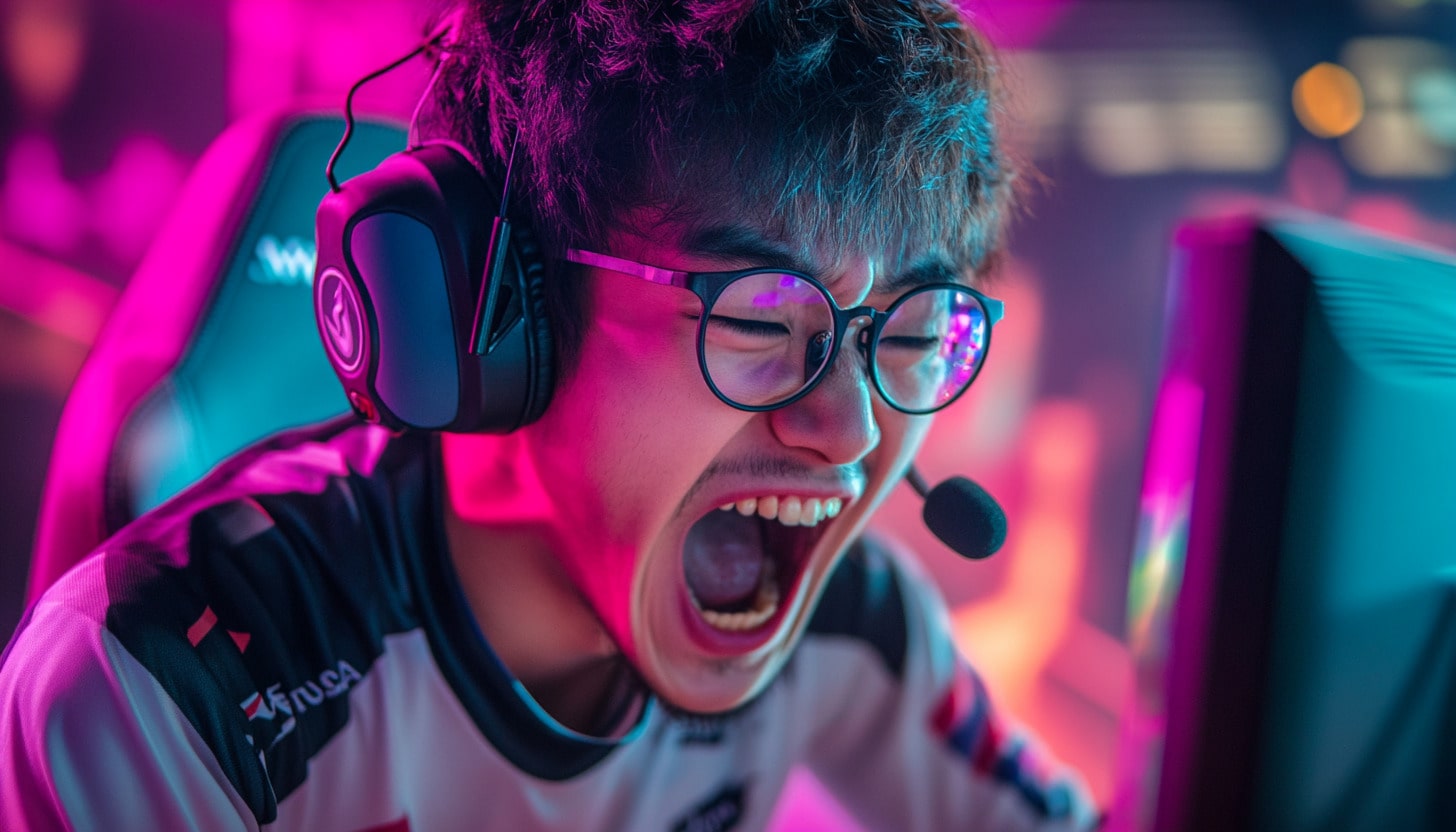
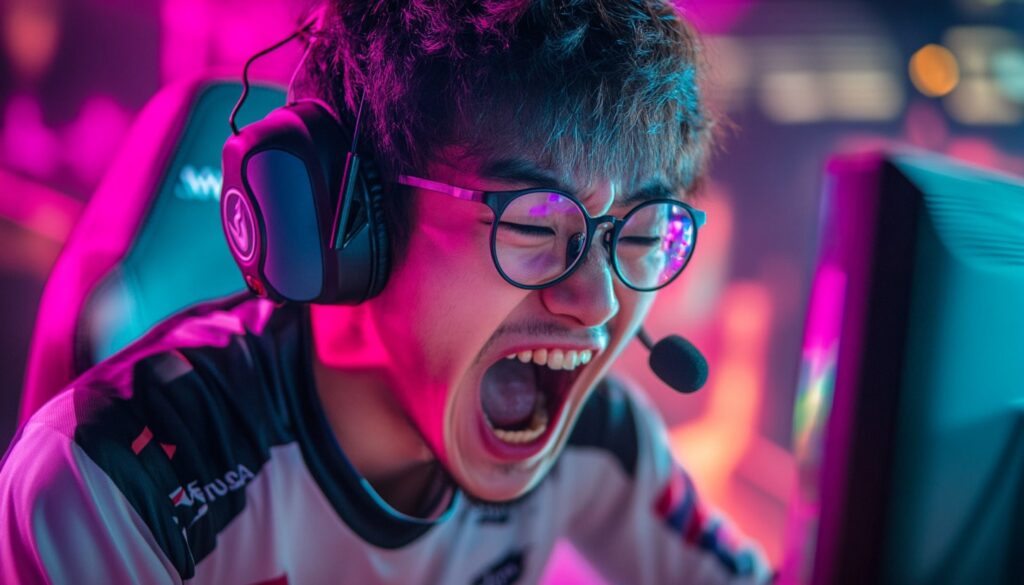
TL;DR
- Lag (or high latency) is a fact of life in esports and multiplayer gaming, with serious implications for gameplay.
- The lower the latency of your game server connection, the better the experience.
- Minimizing it can make the difference between winning and losing, enjoyment and frustration.
- Professional bodies have rules designed to address lag when it interferes with a competitive outcome.
- Some hacks can turn lag into a competitive advantage – but they might get you banned.
- The best bet is to make straightforward technical tweaks that keep ping low and game sessions (mostly) lag-free.
Computer lag is always irritating, but for esports players, it can be make-or-break. In a field where precision and timing are everything, variable ping can kill game strategies and drive seasoned professionals to quit.
‘Just get faster internet’ seems like the obvious answer, but even high-speed connections suffer from latency issues. We look at the causes, the implications for gameplay, and how players can overcome them to ensure technically stable and glitch-free competition.
Running in the sand
Lag is computing’s version of an old sports injury; twinging at the most inconvenient moments, joy-killing whatever you’re doing at the time.
In esports, it’s a full-on menace. Back in 2022, one of the biggest events in that year’s calendar, the League of Legends Mid-Season Invitational, had to be re-run due to ping discrepancies that put some teams at a disadvantage.
Last year, the Esports World Cup (EWC) 2024 saw numerous complaints from fans about subpar technical setups and inconsistent lag.
It’s enough to make even famous esportscasters lose their composure.
In a fast-paced game like League of Legends, milliseconds matter. Differences in ping can handicap players who find themselves trapped above the ideal 40-60 ms range.
Understanding and minimizing lag is essential to winning.
What causes lag?
Lag’s capriciousness offends common-sense notions of fair play. Without warning, players are blocked from performing at their best, leading to undeserved losses or unearned wins.
What causes it?
- Distance is a big one. Connecting to a faraway multiplayer server extends the time it takes for data to travel to and from the server, resulting in higher latency.
- Bandwidth limitations come into play. Depending on the number of people sharing your network and what they’re using it for, higher usage can throttle your available bandwidth, delaying your game inputs.
- Your ISP is sometimes to blame. An inconsistent service can create an unstable connection with the game server and cause packet loss. Latency issues will seep in as the client and server work to stabilize the connection.
- Outdated equipment might be an issue. Older routers are more sensitive to interference, lowering the performance of the wireless connection to your device.
None of these issues would be as concerning if latency were consistent. An esports team could just tweak its roster to include players who perform better at higher ping.
Unfortunately, lag is like English summertime: one minute warm and calm, gusting and overcast the next.
How to stop it
According to the British Esports Federation, a 100-millisecond lag can lead to a 7-10% degradation in game response time.
They recommend trying these measures to reduce it:
- Upgrade your router. Your router should support the latest Wi-Fi standards like Wi-Fi 7. If it doesn’t, you may need a new one.
- Maximize QoS. Prioritize gaming in your router settings by switching on “Quality of Service” (QoS) to ensure the best connection.
- Don’t use wireless. Plug your device directly into your router with a standard Ethernet cable.
- Reconsider router placement. Try repositioning the router close to the middle of your home, raising it to eye level, and away from walls or other barriers that could interfere with the radio signal.
- Check for updates. Download the latest software and firmware updates – both for the router and your gaming device – for top speed (and security).
- Have you tried turning it off and turning it on again? It sounds like a joke, but data-wise, the occasional hard reboot can ‘bleed the pipes.’ It refreshes the connection for a smoother experience.
- Use a signal booster. If your home has Wi-Fi dead zones, a Wi-Fi extender can help strengthen the wireless router connection in blocked or hard-to-reach spaces.
- Try going local. Try and connect with the game server that’s geographically closest to your location. Some games will let you do this manually to reduce ping.
Ideal ping ranges for different genres
Knowing the optimal ping for your favorite games can help you achieve the low latency you need and level up the playing experience.
- First-person shooters (FPS) have an ideal ping of under 30 ms.
- Massive multiplayer online games (MMOs) can accommodate a higher ping of up to 100 ms.
- Racing games fall somewhere in between, ideally at under 50 ms but still playable at up to 80 ms.
If you can’t beat it, use it
Lag’s ubiquity has led to some innovative, if controversial, in-game adaptations that allow it to be leveraged for competitive advantage.
In 2023, Twitch influencer Smixie called out the tactic of ‘lag switching’ in Warzone 2, a hack that allows players to introduce lag at moments designed to disadvantage their opponents and quickly switch it off.
Technically advanced players have also been caught using DDoS attacks to hobble their opponents. In 2017, gamer 5PLUS50K12 won a $20,000 RuneScape championship – only to be DQ’d later when opponents accused him of creating a botnet that introduced lag and slowed their responses.
Crafty teams may also use a DDoS attack to simply overwhelm the server if they believe the game is lost, ending the game without penalty to either side.
One innovative use of lag in Team Fortress 2 allows a player to ‘phase through’ an opposing player. If properly executed, this enables the player to backstab their opponent without being physically behind them.
Others have noted that some aggressive players are misusing built-in netcode advantages designed to equalize gameplay for those with lower-quality connections.
How officials handle lag in a live match
Lag is such a fact of life in professional esports that officials have set protocols to follow when it impacts the outcome of a match.
The exact response can vary depending on the game’s governing body or tournament rules, but these are some of the most common interventions:
- Verify: Match officials may opt to investigate the issue by checking game servers and looking at player connections to confirm whether the issue is serious enough to impact gameplay.
- Hit pause: If the investigation finds serious/persistent lag, referees may call an extended ‘timeout.’ Pausing the game for technical reasons allows teams and officials to assess the situation and determine the best response.
- Replay: If lag is found to have impacted a match’s outcome, play could be restarted from a specific time point, or the match may be wiped and replayed from scratch.
- Equalize: Officials might opt to compensate affected players for a serious but temporary disruption, perhaps by allowing greater scope to use a restricted game tactic, or by amending a rule to provide an in-game advantage.
- Document: All serious lag incidents are documented in the event of a later challenge, but also for analysis to help stop similar issues from popping up again. In the past, this has led to rule changes and tweaks to technical setups.
- Communicate: Whenever lag disrupts a match, officials are expected to communicate proactively with teams and players while decisions are made and actions are taken. This maintains transparency and helps avoid disagreements.
Conclusion
Despite steady advances in internet speed and connectivity, lag isn’t going away anytime soon. Objectively speaking, it’s inevitable. Latency has many causes, and some, like physical distance from a game server, can’t be waved away.
Experts say players should focus on severity. Mild/medium lag is almost imperceptible and won’t bother gameplay in any serious way. Severe lag means delays to in-control responses, character rubber-banding, or frozen screens.
Those need immediate action, but unless you have the means to invest in expensive, business-premium broadband, the best graphics cards, and the latest high-compute gaming kit, it’s best to focus on lag reduction, not elimination.
FAQs
Lag can occur due to distance from a game server, heavy usage on a shared network, inconsistent ISP service, out-of-date software, or old equipment.
Differences in lag between opposing teams and players can cause officials to pause a game, award equalizing advantages to players experiencing lag, or even declare a match void, necessitating a restart.
Even with a high-speed internet connection, lag can still occur due to the number of players logged on to a server, differences in the volume of data traffic between, or local issues like unpatched routers and interference with WiFi signals.
Players should ensure their router’s quality-of-service settings are turned on, move the router to a more central location in their home (one free from barriers), or consider pulling their gaming device directly into the router.
References
- https://sg.news.yahoo.com/league-of-legends-msi-2022-rng-games-replay-ping-issues-103306979.html (Sg.news.yahoo)
- https://3rdworldgeeks.com/2024/08/06/the-problems-with-the-esports-world-cup-when-it-comes-to-street-fighter-6/ (3rd World Geeks)
- https://www.reddit.com/r/StreetFighter/comments/1ejdewk/ewc_lcq_was_a_disaster/ (Reddit)
- https://britishesports.org/the-hub/advice/how-to-eliminate-lag-whilst-gaming/ (Britishesports)
- https://stormwall.network/resources/blog/how-ddos-attacks-are-hurting-esports (StormWall)
- https://www.reddit.com/r/GlobalOffensive/comments/18k0kgf/players_are_artificially_inducing_lag_for_netcode/ (Reddit)
The post Esports latency curse: How to stop lag from ruining matches appeared first on Esports Insider.

































